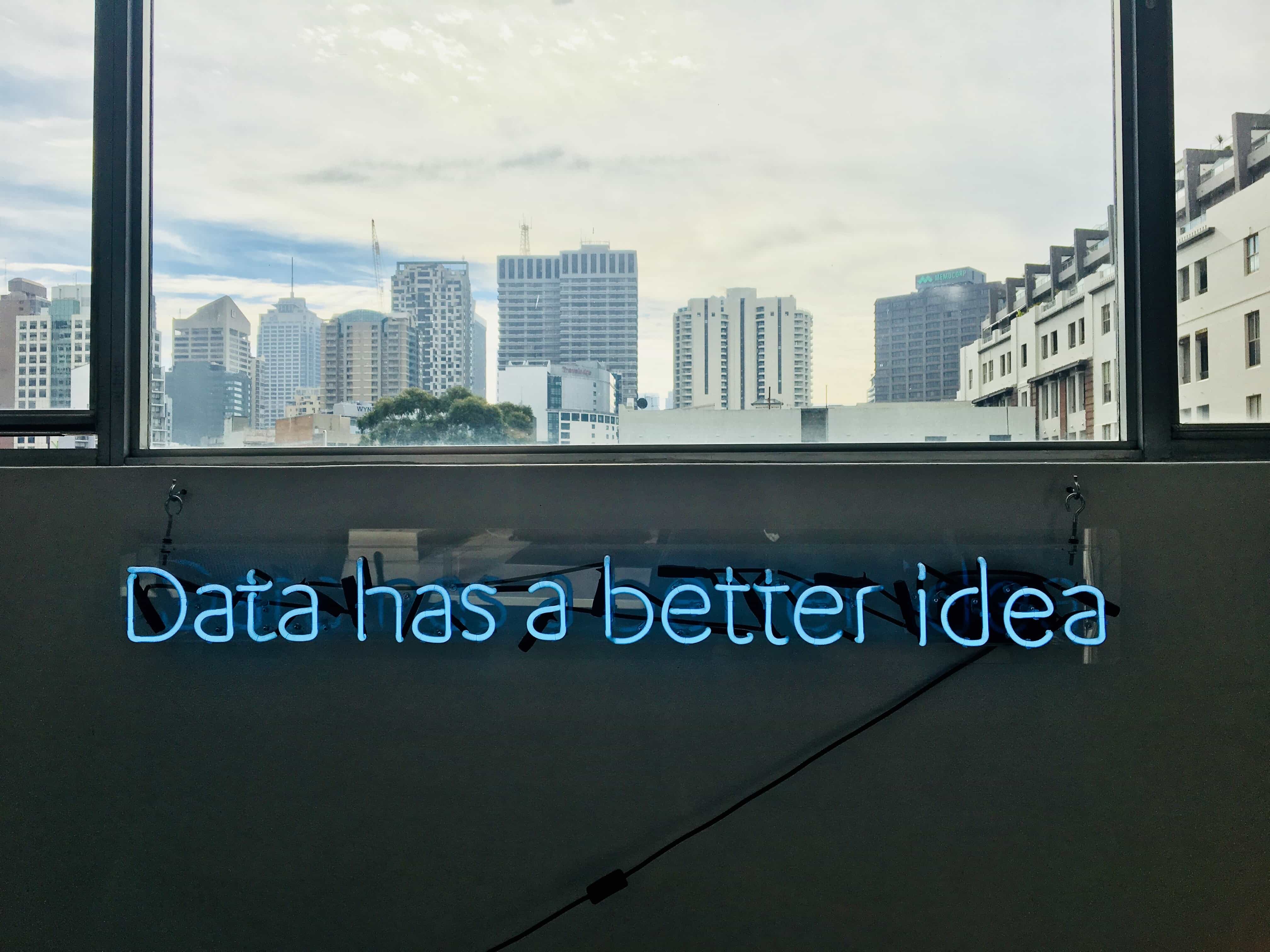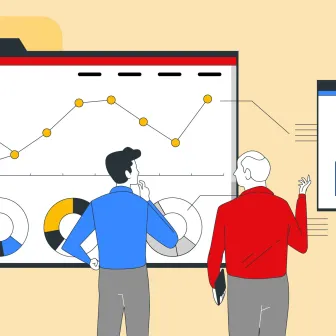In this age of digital transformation, there is one thing that every organisation agrees upon - there is a cornucopia of data available about our customers. A superabundance of data is coming out of everything and everywhere. When customers call your company, leverage your product, interact with your social media posts, visit your website, they are creating a data profile about themselves. Yet, having a plentitude of data doesn’t always translate into gaining a lot of insights. The reason is that, most often than not, the data is in several different places, isn’t compatible, or doesn’t delineate the customer’s experience across different channels. This is where the customer data platform (CDP) comes in.

HubSpot defines a Customer Data Platform as the “software that aggregates and organizes customer data across a variety of touchpoints and is used by other software, systems, and marketing efforts. CDPs collect and structure real-time data into individual, centralized customer profiles”. Are CDPs right for your company? Well, it depends.
While CDPs are valuable in theory, they aren’t actually must-haves for every organisation. In case of a limited marketing stack, your customer data is fairly simple. Or, if your product or service does not lend itself to personalisation, you may not need to invest in a CDP. Their relevance gets maximised when being used to deduce the amalgamation of hugely intricate amounts of data. If you are working across channels and devices for building incredibly specific and up-to-date profiles of your customers, Customer Data Platform is worth the investment.
Questions to ask yourself before jumping on CDP bandwagon
If you talk to leaders of top Customer Data Platforms like Exponea, Segment, Emarsys, Blueshift, amongst others, all they will be emphasising upon is - Companies need to start with strategy before tech, prioritise the process of bridging the gaps between teams and break down data silos within their organisations.
There is no doubt that data-driven marketing is hugely important for the success of modern-day businesses. But, it’s important to spend some time knowing your organisational readiness:
Q: Have you identified short-term and long-term business goals?
Before shopping for the CDP itself, you need to what your business objectives are and have a proper understanding of how your new CDP will help you attain them. Some of the major things to be considered include:
- How will you leverage your CDP?
- What features and capabilities does it need to meet your use cases?
- Will your CDP offer only data management capabilities or can it deliver data analytics and orchestration features too that would help address diverse business needs?
- Are you trying to unify data across your organisation for a better understanding of who your customers are?
- Are you planning to personalise messages for individual customers for increasing conversation rate?
- What would a single view of your customers do for you?
- Are you looking for reducing churn by targeting customers with more relevant offers?
- Are you hoping to increase the profitability of customer acquisition efforts by building more accurate lookalike audiences?
- Are you committed to complying with GDPR and improve sales in Europe?
It’s important that you don’t stop with short-goals and think of what you need to do tomorrow and what you need to do a year from now or two years from now or even five years from now. Your short-term goal could be to have more accessible data which your marketing team can utilise for making real decisions. And, your long-term goal could be to harness personalisation strategies and be The Next Big Thing (like Amazon or Google or Microsoft).
Q: How do you currently manage customer data?
You need to ponder over if your data is accessible or if you can make it accessible. A CDP needs to have data coming in to actually be able to drive business results. So, it’s of paramount importance that you figure out what data you have, where it lives, and if it is accessible to you. The better understanding you have about your organisation’s current data structures, the better your questions will be when you start choosing CDPs.
Q: How good are your marketing data processes?
Even though Martech systems are supposed to enhance data and campaign efficacy, disparate systems can, in several instances, cause data duplication, dearth of standardisation and the increase in time-intensive manual tasks. If you are often in a situation where you end up spending more time correcting data errors or de-duplicating contact records and spending less time on executing campaigns or checking campaign performance, it might be time to automate data integration.
Q: What systems would you be integrating via CDP?
Simplifying integration is an integral part of successfully implementing a CDP which can normalise data for streamlined importing and exporting into other systems.
Q: What would be the total cost of ownership?
Based on the number of data records, events and applications, the charges applied by CDP vendors vary. Onboarding, APIs/ custom integrations or staff training can also incur costs. You need to understand your organisation’s needs and data volume to make the right decisions vis-à-vis the investment your organisation will make.
Q: Have you begun bridging the gap between IT, marketing, sales, customer service and any other customer-facing team?
If you are willing to unify data and give your customers a consistent, personalised experience, all the teams, that touches that customer experience, will need to be aligned. Because it’s not the technology that can be problematic but communication. You need to have open lines of communication in your team structure and not just do great on a technology level but also on a people and processed level.
Q: Do you have the management buy-in?
Management support is of utmost importance for the successful CDP experience. You have to start with short term goals that show you how the CDP is benefitting the business in terms of cost savings or revenue gains. Persuading senior executives about having a single, unified view of the customer will be key.
Q: Does your marketing staff know how to efficaciously use CDP?
You need to gauge whether or not you need self-serve, full serve or something in between. Even though CDPs are created for marketing end-users, they vary in the scope of their capabilities. Having some level of ongoing training to use them is pivotal. The kind of onboarding, customer support and/or professional services that CDPs offer, varies from vendor to vendor. You need to have a proper understanding of whether or not your marketing staff know how to efficiently use the Customer Data Platform, or if you lack internal resources, think of what sort of managed services are available.
Q: How will you be able to benchmark CDP success?
Setting business goals in advance will help you define and benchmark success later on. You need to understand the key performance indicators (KPIs) you want to measure. You need to know if you want to decrease data redundancy and track its impact on the speed of campaign execution. You also need to understand if you want to decrease the time spent by your marketing staff on manually transferring data from one system to another.
End thoughts
There is a colossal amount of valuable information about customers floating right now for any human or human team to keep up with it. If you are in the game of tracking an awful lot of user data like social platform experiences, purchasing, etc. and using that data to build marketing campaigns that can enhance customer experience, then Customer Data Platforms are surely the solution you should be considering.
If you think that you already have a Customer Relationship Management (CRM) software and it’s the same thing, you are mistaken. A CRM is definitely a solution that can enable a business to engage with its customers, but a CDP is like a CRM on steroids. It helps you engage the customers in a more meaningful way. It makes your content delivery much more personalised and efficient.
Subscribe
Related Blogs
Ecommerce And Data Analytics: Increase Your Sales

Are you seeking to achieve a greater return on investment while gaining a deeper understanding of ecommerce and data…
Customer Data Platform - A Complete Guide

It is often said that a customer is king. Have you ever wondered why? A customer, consumer, client or end user, whatever…

"Constant data breaches and scandals have brought new attention to Customer Data Platform (CDP) with the business Martech…




